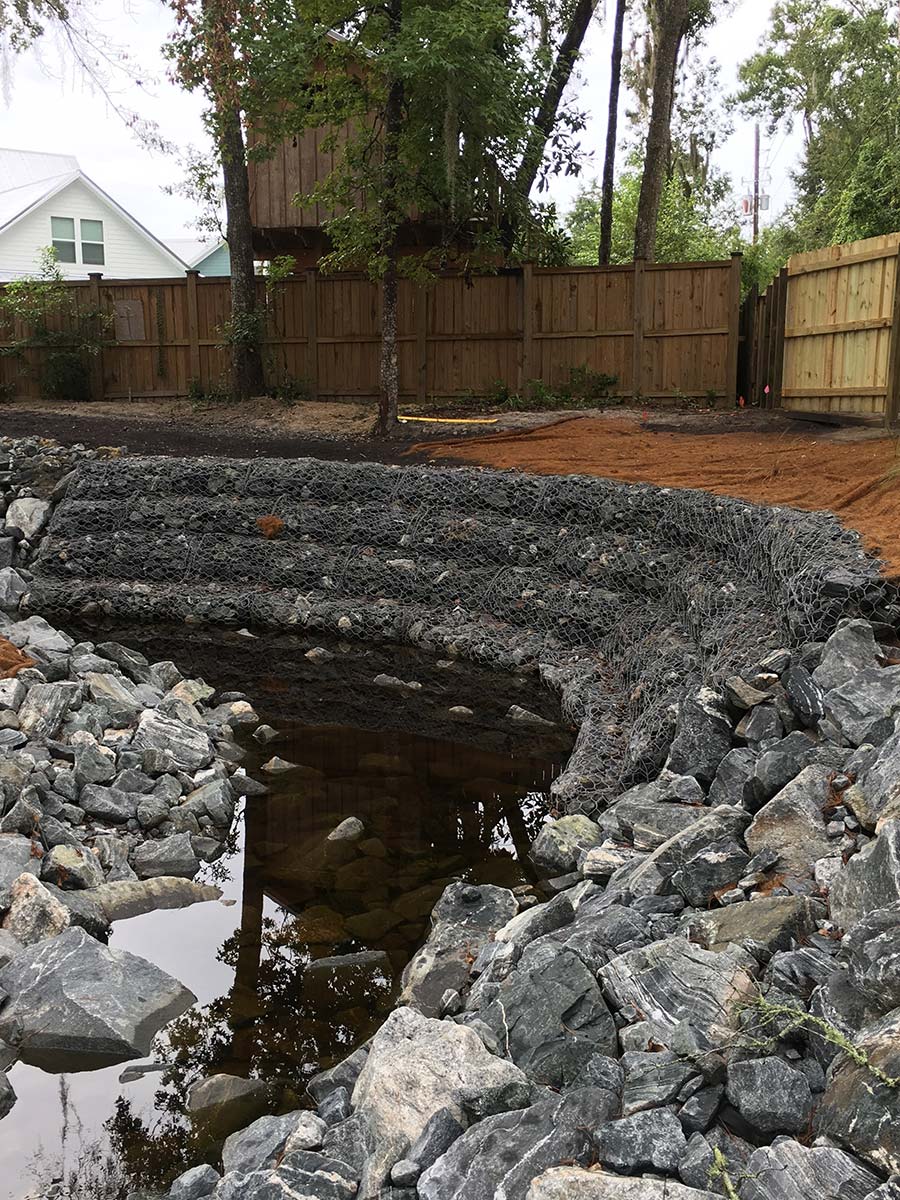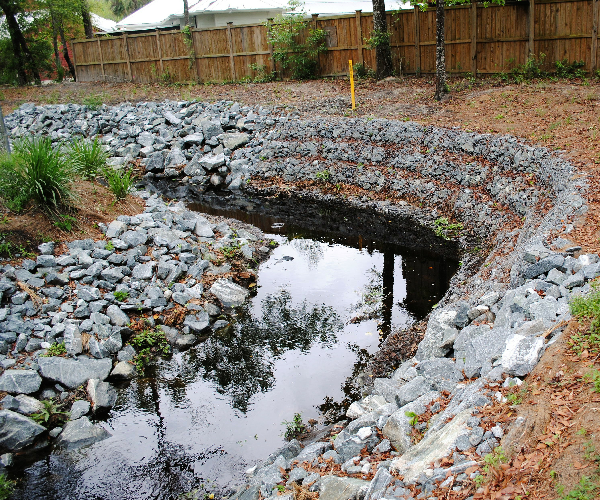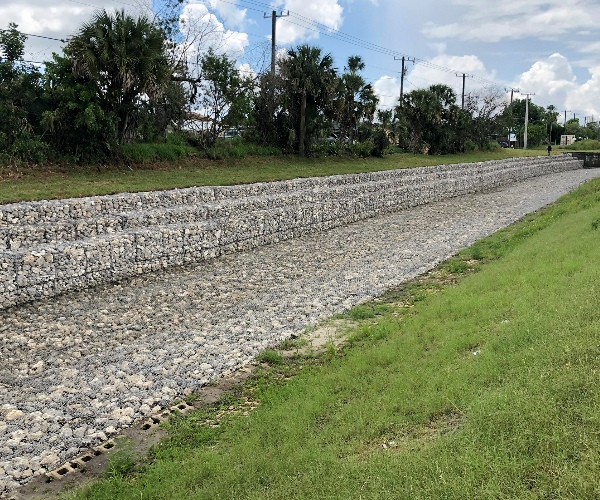Gabions are mesh-like structures filled with rocks or stones that are used in various applications, including erosion control, retaining walls, and even landscaping. They have been used for centuries and have proven to be a reliable and efficient solution for controlling erosion and preserving the integrity of slopes, embankments, and shorelines.
In this article, we will delve into the basics of gabions, how they are constructed, and the benefits they provide for various applications. We will also touch on the different types of gabions and how they are used in different settings.
What are Gabions?
Gabions are wire baskets filled with stones or rocks that are placed in areas prone to erosion. The baskets are made of a strong wire mesh that is designed to withstand the forces of water and wind. The rocks or stones placed inside the baskets help to reinforce the structure and hold it in place, even in the harshest of conditions.
How are Gabions Constructed?
Gabions are typically constructed using a double-twisted wire mesh that is then filled with rocks or stones. The wire mesh is usually made from galvanized steel, which provides resistance to corrosion and rust. The rocks or stones used in the gabions can vary in size and shape, but it is important that they are placed inside the basket in such a way that they are tightly packed and do not shift.
Benefits of Using Gabions
Gabions offer several benefits that make them a popular choice for erosion control and retaining wall applications. Some of these benefits include:
Cost-effective
Gabions are a cost-effective solution for erosion control and retaining wall projects. They are relatively inexpensive compared to other types of erosion control solutions and can be easily installed by a small crew. Additionally, gabions are durable and require minimal maintenance, which helps to keep costs low over the long term.
Erosion control
One of the primary benefits of gabions is their ability to control erosion. The rocks or stones inside the gabions help to dissipate the energy of flowing water, which reduces the erosion of soil and sediment. The wire mesh of the gabions also helps to stabilize the structure and prevent it from moving or collapsing.
Retaining wall
In addition to controlling erosion, gabions can also be used as retaining walls. The baskets are placed in a stack and filled with rocks or stones, which provides a strong and stable structure that can be used to retain soil and prevent it from sliding.
Versatility
Gabions are versatile structures that can be used in a variety of different applications. They can be used to control erosion, as retaining walls, or even as decorative elements in landscaping. The baskets can be shaped and sized to fit the specific needs of each project, which makes them a highly adaptable solution.
Types of Gabions
There are several different types of gabions that are used in various applications. Some of the most common types include:
Rectangular gabions
Rectangular gabions are the most common type of gabion. They are made from wire mesh and filled with rocks or stones. They are typically used for erosion control and retaining wall projects.
Round gabions
Round gabions are similar to rectangular gabions, but they are rounded in shape. They are often used in landscaping and decorative applications, as well as for erosion control.
Mattress gabions
Mattress gabions are similar to rectangular gabions, butthey are flatter in design and are often used for erosion control in areas with low slopes or gentle gradients. They are typically made from wire mesh that is filled with smaller rocks or stones, which makes them well suited for areas where the water flow is not too strong.
Cascade gabions
Cascade gabions are specialized gabions that are designed for use in areas with high water flows or steep slopes. They are similar to rectangular gabions, but they are stacked in such a way that they create a stepped structure. This design helps to dissipate the energy of the water and reduce the erosion of soil and sediment.
Conclusion
Gabions are a versatile and cost-effective solution for erosion control and retaining wall projects. They are constructed from wire mesh and filled with rocks or stones, which provides a strong and stable structure that can withstand the forces of water and wind. There are several different types of gabions that can be used for different applications, making them a highly adaptable solution for any project.
FAQs
What are gabions used for?
Gabions are used for erosion control, retaining walls, and landscaping. They are a versatile solution that can be used in a variety of different applications.
How are gabions constructed?
Gabions are constructed from a wire mesh that is filled with rocks or stones. The wire mesh is usually made from galvanized steel, which provides resistance to corrosion and rust.
What are the benefits of using gabions?
The benefits of using gabions include cost-effectiveness, erosion control, retaining wall capabilities, and versatility. They are also durable and require minimal maintenance.
What are the different types of gabions?
The different types of gabions include rectangular gabions, round gabions, mattress gabions, and cascade gabions. Each type is designed for specific applications and can be adapted to fit the needs of each project.



